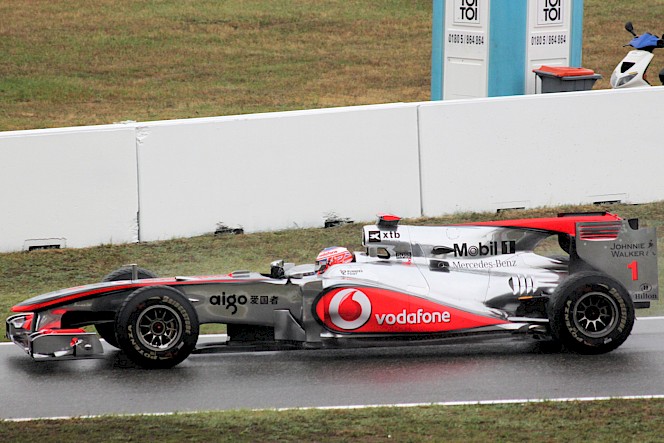
In my work, I have frequent discussions with people about innovation. These discussions, and comments I have seen on LinkedIn, made me realise that there are some basic misunderstandings about innovation. Of course, it is possible that the misunderstanding simply means that I am wrong, but my belief is that to understand, and benefit from, innovation, we need to understand three key relationships:

Let’s look at a couple of examples, based on real-life situations:
1) A company had a customer who needed a product with specific properties. The customer said he could not get from any existing product. The company found that an existing product did, in fact, give the desired properties. They sampled the product under a research designation and the customer found it fitted his needs perfectly. The new product was simply a renamed existing product, with an updated quality control specification to reflect the customer’s needs. Was this innovation?
2) A competitor launched a new range of products that cut out several production steps for the customer. The technology used was patented and unique in the industry. Was this innovation?
When I use these examples in discussions about innovation I am almost always told that (1) is not innovation and (2) is. However, we need to look more closely. In example (1) the new product fitted exactly what the customer, and the wider market, needed and ended up being one of the company’s best-selling products. It generated several million pounds of revenue for an investment of less than £10,000. In example (2), after several million euros of investment the new technology failed and only sold a few thousand pounds worth of material.
Example (1) filled an unmet need in the market and delivered significant value to customers. Example (2) saved some production steps but these were not high cost and so the customer gained little or no value.
The reason that I use these two examples is that they illustrate that innovation is not just about novelty or creativity. It must also add value. I use the equation
Innovation = Novelty x Value
to show this. If either novelty or value is missing we do not get innovation. However, if both are present, no matter how small, then we have innovation. I would argue that example (2) is not innovative because it is missing the value, even although the novelty is high. In example (1) the novelty is low (but not zero – the updated quality control specification meant that some parameters were better controlled than before)) and the value was very high. To my mind, that makes it innovation.

When talking about innovation most companies think about examples, like the iPhone, which have both high novelty and high value. This is not a problem, but the danger is that they start to think that this is the only kind of innovation that is worthwhile. They become obsessed with developing the most radical, innovative products. They ignore the possibilities of making small, incremental improvements to existing products. They see incremental improvement, with its generally lower returns, as boring and not worth the effort. However, incremental and radical innovation both have their place.
Incremental innovation builds on existing offerings by tweaking known technologies or business models to give small improvements to the customer. Each innovation is small but the cumulative effect can have a large impact on the continued viability of the business.
Radical innovation involves a step change in the product offering. Often this comes from introducing a new technology but sometimes it comes from a new service or business model. Radical innovation is important for the long-term viability of a company. If it fails to move faster than its competitors, it will see a gradual (and sometimes not so gradual) decline in its market position.
Incremental Innovation | Radical Innovation |
Lower risk | Changes things |
Gives returns more quickly | Delivers higher returns |
Is cheaper | Keeps your company young |
Defends your margins | Builds your image |
Uses, and further enhances, your current capabilities | Challenges what you know and forces you to develop new capabilities |
The table above indicates some of the advantages of incremental and radical innovation. However, it is not a case of one or the other. Companies need to balance the two. In effect, incremental innovation keeps you competitive in the short-term. and radical innovation keeps you viable in the mid to long term. The best balance will depend upon the industry and the company. In general, companies working in a mature industry will probably favour incremental innovation but should not ignore more radical possibilities. Companies in a newer, rapidly developing market will have a higher proportion of radical developments but should not ignore the shorter-term benefits that come from incremental innovation.

I am often told that a company is not interested in incremental improvement. They need radical innovation because they are in a hi-tech industry. To show why this is wrong, let’s look at another example -that hot-bed of incremental innovation, Formula 1 racing. No, that is not a typing mistake. I do mean incremental. Most people assume that, because F1 is so hi-tech, that it must be all about radical innovation, but that is not the case.
At the start of the Formula 1 season, the cars usually show some differences from the previous year’s cars and there are often some radical design changes. However, the cars are further developed during the season with smaller changes, as each team tries to remain competitive. In general, they are fine tuning of the new design, or making modifications to incorporate some ideas borrowed from other teams. The key point is that the changes during the season are incremental in nature and each change will probably only show a gain of 0.1s or less per lap, but they all add up. Cars are often 1s per lap faster in the middle of the season than they were at the start. It may not sound much but in a race, it can be the difference between 1st place and no points. Nobody would say that Formula 1 is not a hi-tech industry but, at least during the season, Incremental Innovation is critical for a team to remain competitive.

To understand, and benefit from, innovation we must remember three key points:
1) Innovation is not just about creativity and novelty. It must deliver value to the market.
2) Innovation is not just about “quantum leap” improvements. It must be a balance of incremental innovation (to generate cash now) and radical innovation, that helps to secure the company’s future.
3) Hi-tech companies are not just about radical innovation. Incremental innovation is also important in hi-tech industries.
If you would like to receive our newsletter, you can sign-up here.
PMI Aberdeen EventBlinking Fast and Slow (The importance of cognitive ...
There are stories, going back to ancient Greece, of dolphins helping stranded ...
Her: So, what do you do?Me: I help companies to think out of the box and act in ...
In my work, I have frequent discussions with people about innovation. These ...